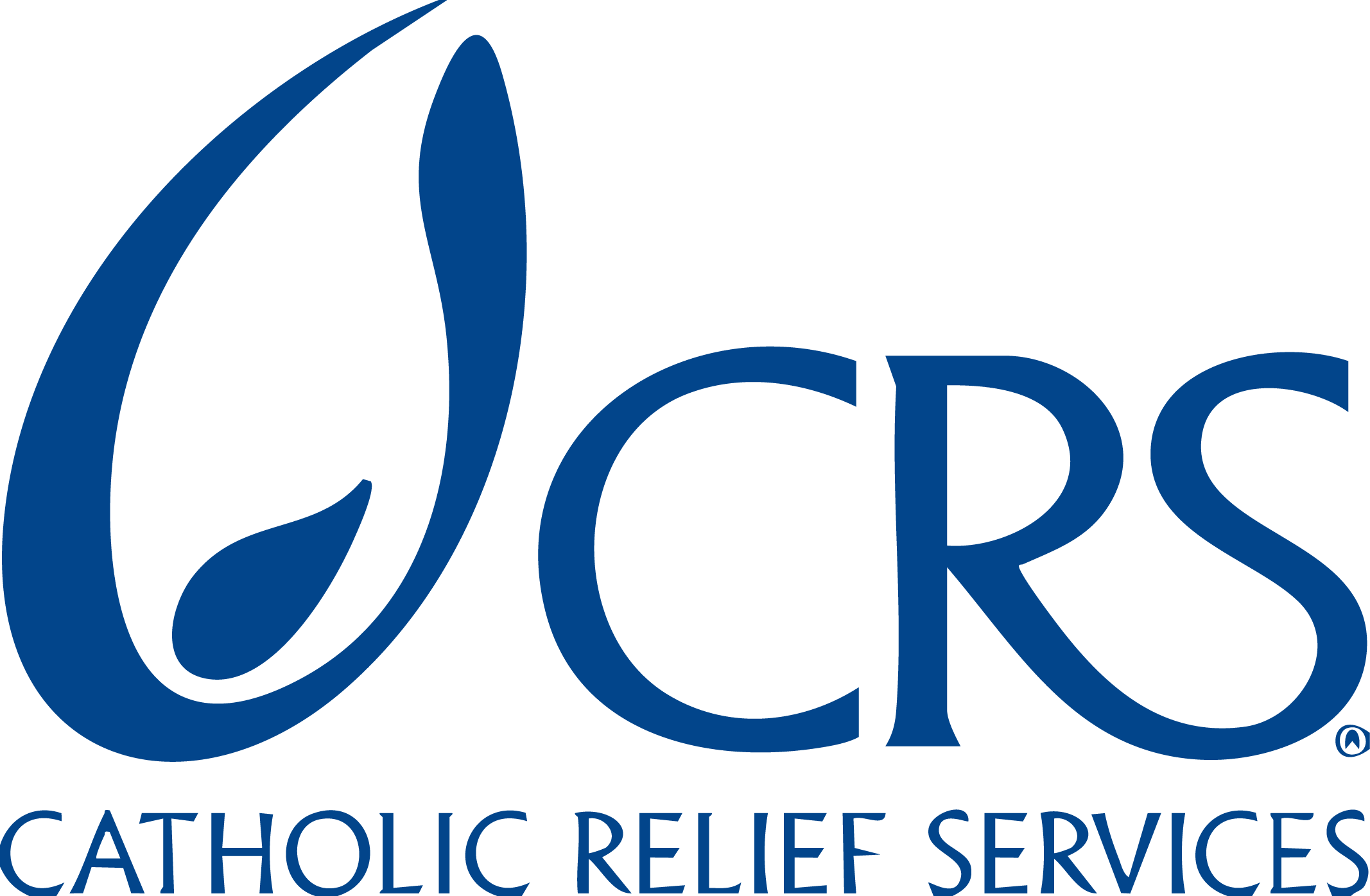
For over 80 years, Catholic Relief Services has been dedicated to aiding impoverished and disadvantaged individuals worldwide. Guided by Catholic social teaching, their mission upholds the sacredness of human life and the dignity of every person. While rooted in Catholic faith, their services are offered based solely on need, irrespective of race, religion, or ethnicity. Today, CRS has grown to reach over 200 million people across more than 100 countries on five continents.
- Market segment: Nonprofit, iNGO
- Thematic Area: Humanitarian
- Region: Global, Confederated Model
- Project Type: Monitoring, Evaluation, and Learning (MEL)
- Solution used: Salesforce, Amp Impact, Power BI
With Salesforce and Amp Impact, Catholic Relief Services can
- Track results across 625 projects in 78+ countries, gaining a unified view of progress and impact annually
- Enhance their ability to assess global performance in key areas by improving the measurement of 25 selected indicators
- Aggregate data from various projects to produce two global results reports, a PowerBI dashboard, and a video highlighting the final results for each indicator
Goals
- Ensure consistent reporting and efficiently aggregated data to provide clear insights into its global impact
- Foster collaboration across teams, countries, and themes, enhancing knowledge sharing and unifying approaches
Challenges
- No central portfolio performance data existed across 625 projects and 78+ countries
- Assessing, analyzing, and reporting on global program impact was difficult due to fragmented data
- A lack of ownership led to scattered indicator selection and review processes
Solutions
- Amp Impact for indicators and results
- Power BI for data visualization
- Salesforce for program management
Approach
- Discovery and design workshop held to gather requirements
- Integrated Amp Impact with Salesforce-based project management system, which captured and managed project and country-level results across 625 projects in 78+ countries
- Customized the catalog of 25 standardized indicators in Amp Impact to ensure accurate data aggregation
- Used Power BI to visualize and analyze consolidated data
The Benefits Today
- Reports cover an extensive portfolio across regions, with results aggregated to monitor progress toward strategic objectives and the Sustainable Development Goals (SDG)
- Performance tracked through key indicators for consistent reporting, efficien lata consolidation and clear insights into alobal impac
High-Level User Capabilites
- Global teams seamlessly access and share information, including stakeholder data
- MEL teams conduct in-depth analysis and visualize data effectively, supporting strategic decision-making
Future Plans
- The next step will involve IATI reporting, enhancing transparency with clear, standardized data on resource allocation
Goals
- Ensure consistent reporting and efficiently aggregated data to provide clear insights into its global impact
- Foster collaboration across teams, countries, and themes, enhancing knowledge sharing and unifying approaches
Challenges
- No central portfolio performance data existed across 625 projects and 78+ countries
- Assessing, analyzing, and reporting on global program impact was difficult due to fragmented data
- A lack of ownership led to scattered indicator selection and review processes
Solutions
- Amp Impact for indicators and results
- Power BI for data visualization
- Salesforce for program management
Approach
- Discovery and design workshop held to gather requirements
- Integrated Amp Impact with Salesforce-based project management system, which captured and managed project and country-level results across 625 projects in 78+ countries
- Customized the catalog of 25 standardized indicators in Amp Impact to ensure accurate data aggregation
- Used Power BI to visualize and analyze consolidated data
Benefits
- Reports cover an extensive portfolio across regions, with results aggregated to monitor progress toward strategic objectives and the Sustainable Development Goals (SDG)
- Performance tracked through key indicators for consistent reporting, efficien lata consolidation and clear insights into alobal impac
High-level user capabilities
- Global teams seamlessly access and share information, including stakeholder data
- MEL teams conduct in-depth analysis and visualize data effectively, supporting strategic decision-making
Future Plans
- The next step will involve IATI reporting, enhancing transparency with clear, standardized data on resource allocation

Alvaro Cobo
Senior Advisor, MEAL/ICT
